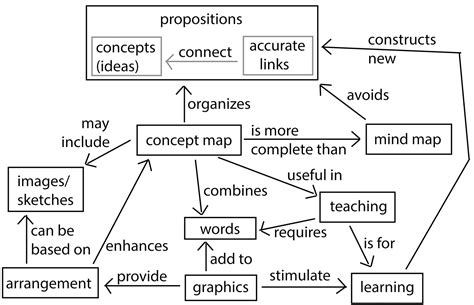Understand layer 2 solutions in cryptocurrency
In recent years, blockchain technology has become a staple for various industries, including finance, games and electronic commerce. One of the main features that distinguishes these applications is the use of advanced cryptography to secure transactions and ensure data integrity. However, as for all powerful tools, there are potential drawbacks to its use. At the heart of many cryptocurrency projects is an underlying technology known as “layer 2” or “L2” solutions-an essential element to allow scalability, efficiency and conviviality for general adoption .
What is layer 2?
In simple terms, layer 2 refers to a layer of feature that is above the blockchain network. This layer allows users to perform complex operations without compromising the integrity of the underlying blockchain. Essentially, it is like building an additional set of floors in a skyscraper – a separate isolated environment where transactions can take place, not affected by the main block network.
The problem with layer 1: the traditional blockchain
The traditional blockchain model is designed for transactions between peers (P2P) between several parts. It is a question of checking and registering each transaction on the entire network, which leads to significant general costs and slows down the entire process. This makes it impractical for high volume trading, cross -border transactions or applications where speed counts.
The solution: layer 1 transition to layer 2
To respond to these limitations, the developers explored layer 2 solutions – essentially, alternative means of processing transactions without sacrificing security. The most notable are:
* Transactions out of chain : these imply the execution of transactions in a distinct network or database which does not interact with the main blockchain. The examples include decentralized financing platforms (DEFI) and the seals.
* Optimized blockchains : Some blockchain projects use optimized blockchains, which combine the forces of traditional blockchain and layer solutions. These optimize performance while maintaining security.
* Centralized financing solutions (CF) : centralized financing solutions use a combination of decentralized and centralized architectures to facilitate trade, loan or loan.
Advantages of 2 layer solutions
The implementation of layer 2 solutions offers several advantages:
- Increased scalability : By discharging the main blockchain transactions, layer 2 solutions allow faster transaction treatment times.
- Reduction of transaction costs : with fewer nodes involved in the treatment and validation of transactions, the costs are often lower.
- Improved safety : layer 2 solutions generally implement advanced safety measures to protect against attacks.
Future challenges and developments

While layer 2 solutions have been promised, there are still challenges:
* Interoperability : The integration of different layers of layer 2 can be complex, requiring significant investments in infrastructure.
* Regulatory managers : Clear regulations surrounding these solutions are still evolving.
While the field continues to evolve, we can expect more innovative solutions that combine the advantages of traditional blockchain and off -chain transactions. With layer 2 solutions playing a crucial role to allow generalized adoption of cryptocurrencies, it will be exciting to see how these technologies shape the future of digital finance.